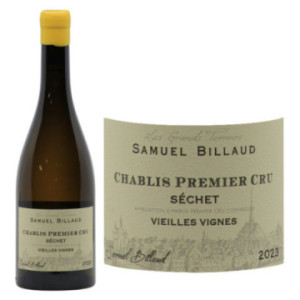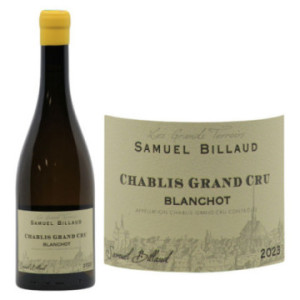
Chablis Grand Cru Blanchot 2023
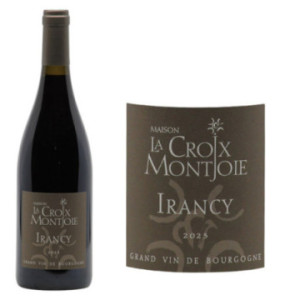
Irancy 2023
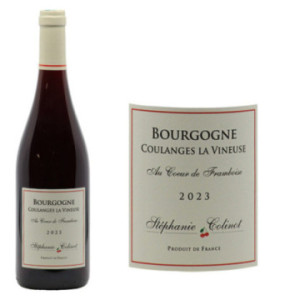
Bourgogne Coulanges-La-Vineuse "Au Coeur... 2023
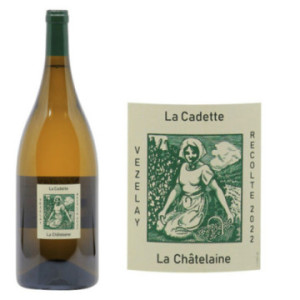
-
92
-
Vézelay "Cuvée Châtelaine" 2022
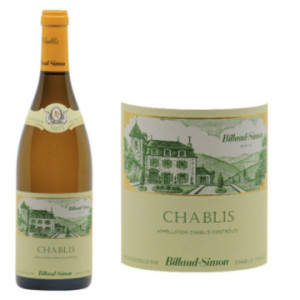
Chablis 2023

Chablis 2023
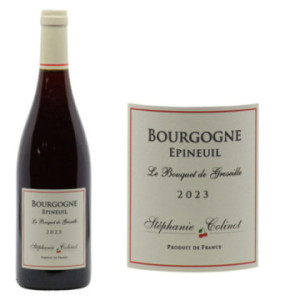
Bourgogne Epineuil "Le Bouquet de Groseille" 2023
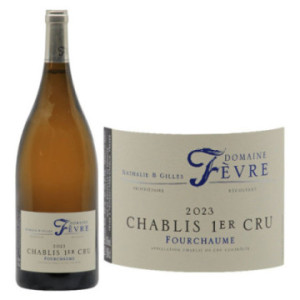
Chablis 1er Cru Fourchaume 2023

Chablis 2023
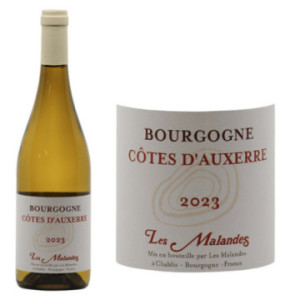
Bourgogne Côtes d'Auxerre Blanc 2023

Petit-Chablis 2023
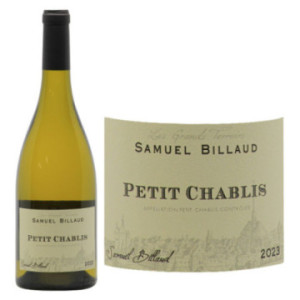
Petit-Chablis 2023
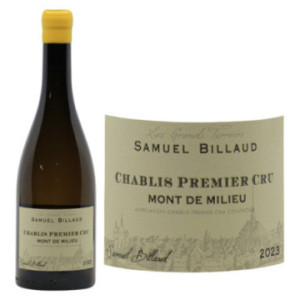
Chablis 1er Cru Mont de Milieu 2023
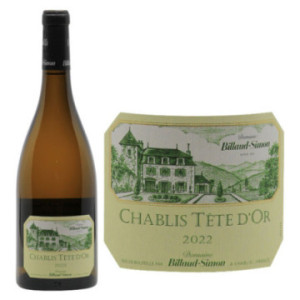
Chablis "Tête d'Or" 2022
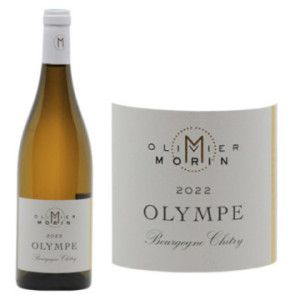
Bourgogne Chitry Blanc "Olympe" 2022
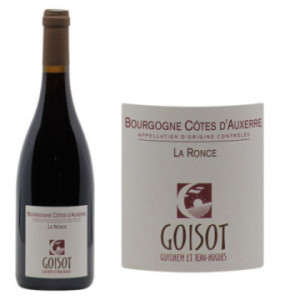
Bourgogne Côtes d'Auxerre Rouge "La Ronce" 2022
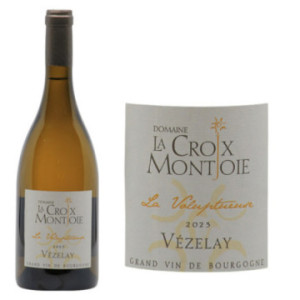
Vézelay "La Voluptueuse" 2023
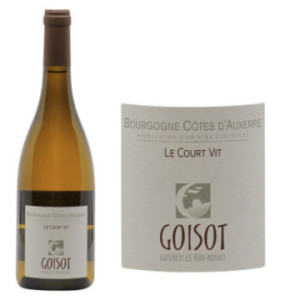
Bourgogne Côtes d'Auxerre Blanc "Le Court... 2022
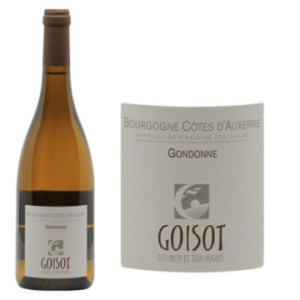
Bourgogne Côtes d'Auxerre Blanc "Gondonne" 2022
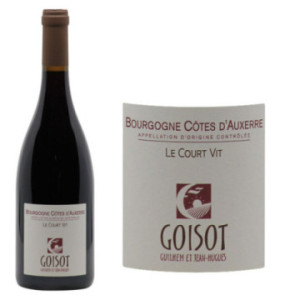
Bourgogne Côtes d'Auxerre Rouge "Le Court... 2022
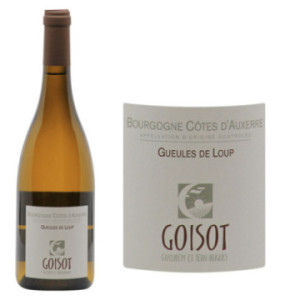
Bourgogne Côtes d'Auxerre Blanc "Gueules... 2022
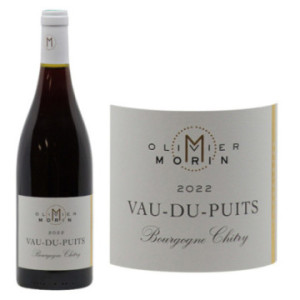
Bourgogne Chitry Rouge "Vau du Puits" 2022
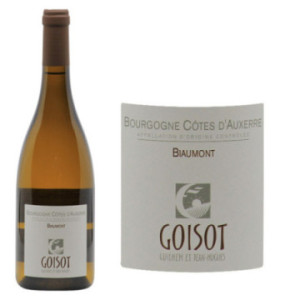
Bourgogne Côtes d'Auxerre Blanc "Biaumont" 2022

Chablis 2023

Chablis 2023
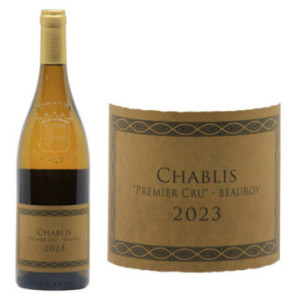
Chablis 1er Cru Beauroy 2023

Chablis 1er Cru Fourchaume 2023

Chablis 2023
What is Chablisien and why is it unique?
Chablisien is an emblematic wine-growing sub-region in northern Burgundy. It is distinguished by its cool climate and soils rich in limestone and marine fossils, known as Kimmeridgian. These unique geological features give the region's white wines their typical minerality and exceptional freshness.
What grape varieties are grown in Chablisien?
In Chablisien, the main grape variety is Chardonnay, which is used exclusively to produce white wines. This variety thrives on the region's limestone soils, producing elegant wines with mineral tension, citrus and white flower aromas, and great ageing potential for certain cuvées. Pinot Noir is also grown, along with some Sauvignon and rarer Aligoté.
What are the different Chablis appellations?
There are four levels of Chablis appellation. Petit Chablis, often fresh and accessible, is perfect for immediate consumption. The Chablis appellation offers more structured, complex wines. Chablis 1er Cru offers greater aromatic richness and ageing potential. Finally, Chablis Grand Cru, from seven exceptional climats, represents the elite of the region's wines, with remarkable depth and intensity. There are also a number of neighboring Yonne appellations: Chitry, Côtes d'Auxerre, Coulanges-La-Vineuse, Epineuil, Irancy, Saint-Bris and the wines of Vézelay.
How to pair Chablisien wines with food
Chablisien white wines go wonderfully well with seafood, grilled fish or fish in sauce, and oysters, thanks to their freshness and minerality. They also go well with more complex dishes such as mushroom risotto or poultry in cream sauce. Soft cheeses such as goat's cheese or lightly-ripened Camembert also enhance the finesse of these wines.
Why are Chablisien wines so prized by wine lovers?
Chablisien wines are sought after for their ability to reflect the purity of their terroir. Their unique profile, marked by fresh tension and complex minerality, makes them wines appreciated for their authenticity and elegance. Lovers of great white wines will find an authentic expression of Chardonnay, without the marked influence of wood, which is often the case elsewhere.
What is the ageing potential of Chablisien wines?
The ageing potential of Chablis wines varies from appellation to appellation. Petit Chablis and Chablis are generally drunk young, between 2 and 5 years, to appreciate their freshness. Chablis 1er Cru and Grand Cru, on the other hand, can evolve magnificently over 10 to 20 years, developing complex aromas of honey, hazelnut and undergrowth.
Where to buy quality Chablisien wines?
To enjoy authentic, well-preserved wines, we recommend turning to specialists such as Grands Bourgognes. The site offers a wide selection of vintages from the best Chablis producers. Online purchases also give you access to rare and prestigious wines, delivered in optimal conditions to guarantee their integrity.
How important is terroir in Chablisien wines?
Terroir plays a fundamental role in Chablis wines. The mineral-rich Kimmeridgian soils directly influence the character of the wines, giving them a marked minerality and a unique expression. Each vineyard parcel reflects the subtle nuances of the terroir, making each cuvée unique and representative of its climate.





 Bourgogne Chitry
Bourgogne Chitry
 Chablis
Chablis
 Chablis 1er Cru
Chablis 1er Cru
 Chablis Grand Cru
Chablis Grand Cru
 Irancy
Irancy
 Petit-Chablis
Petit-Chablis
 Saint-Bris
Saint-Bris
 Vézelais
Vézelais

